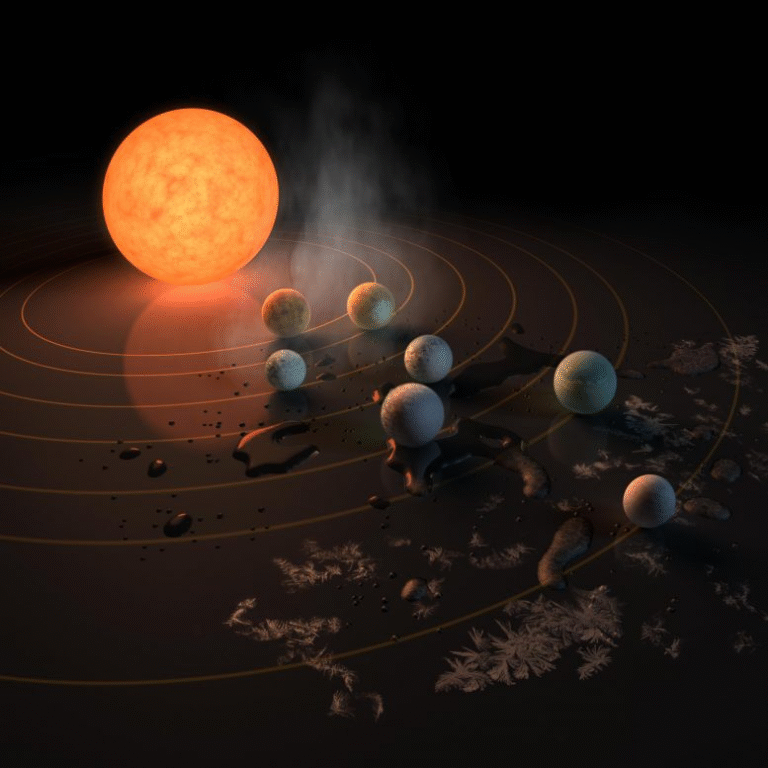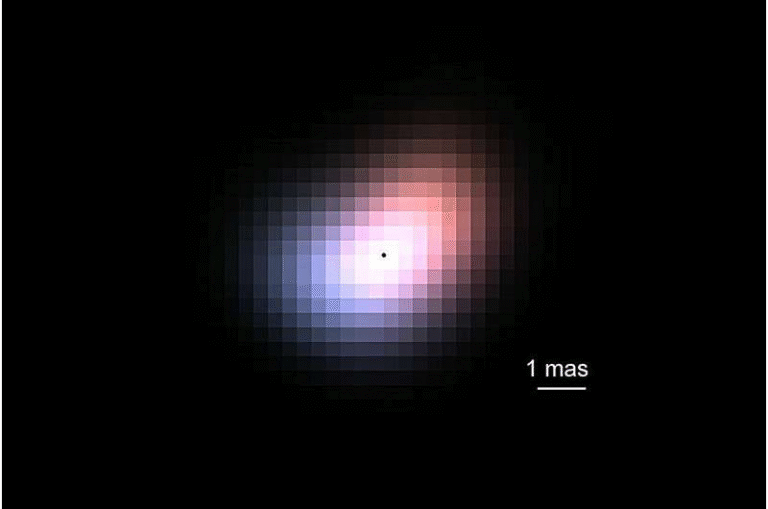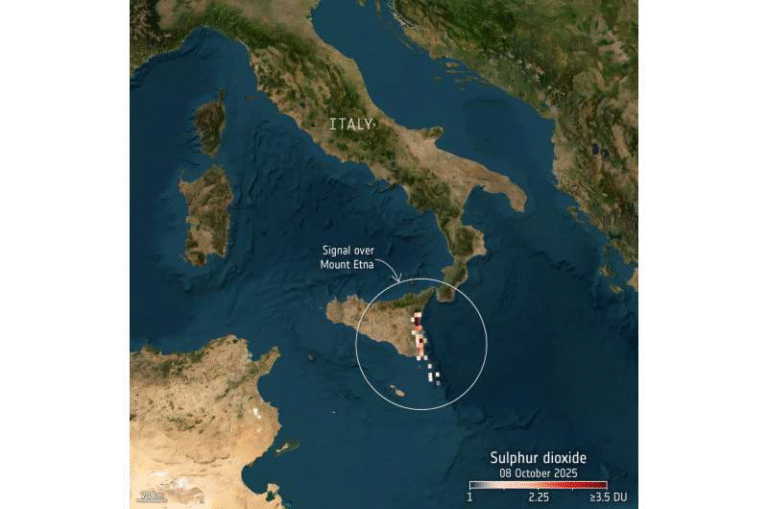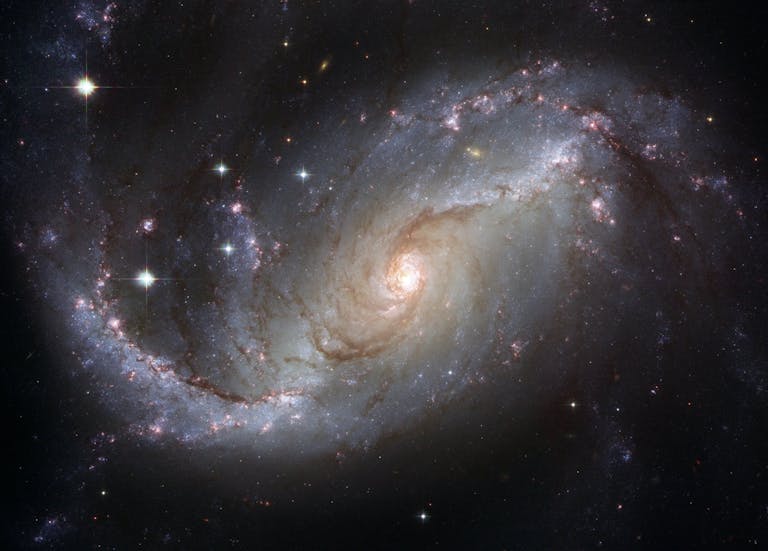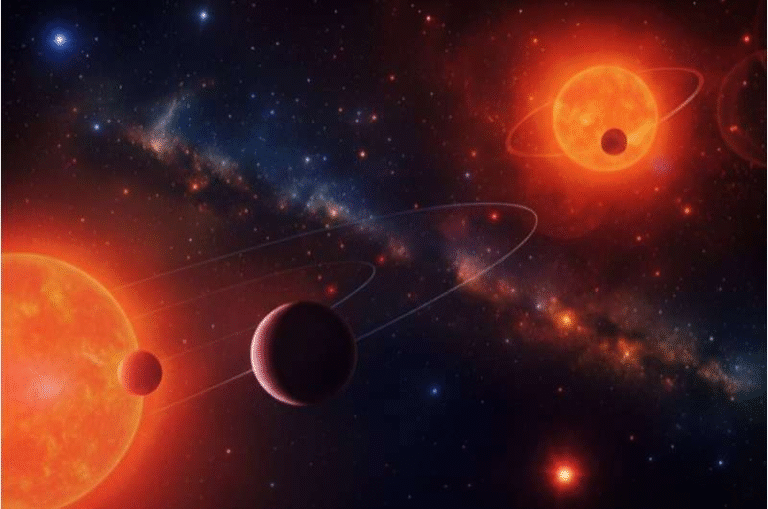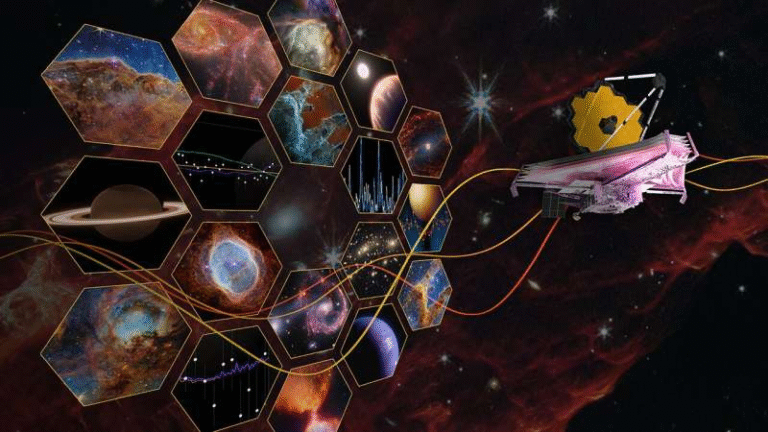Repeated Meteor Impacts Could Help Regenerate Lost Atmospheres on Planets Around Red Dwarfs
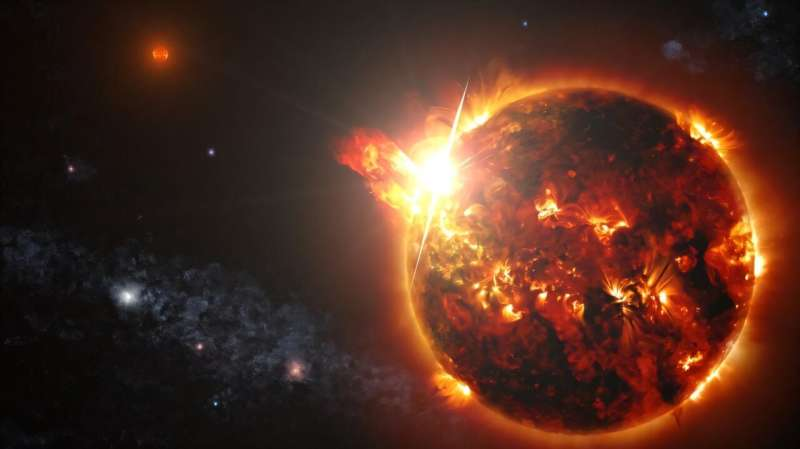
Exoplanet scientists have long faced a frustrating problem — the most common type of star in our galaxy, the red dwarf, tends to be a hostile place for planets that might otherwise seem habitable. These small, cool stars make up nearly 75% of all stars in the Milky Way, and because of their faint light, any planet in their habitable zone — the region where liquid water could exist — must orbit extremely close to the star. That proximity exposes the planet to intense stellar flares and radiation, often stripping away its atmosphere entirely.
But a new study led by Prune C. August, a Ph.D. student at the Technical University of Denmark, offers a surprising twist. Instead of viewing these planets as permanently barren after losing their atmospheres, the research suggests they could regenerate them — thanks to repeated meteor impacts over billions of years. The study, titled Atmospheric Collapse and Re-Inflation Through Impacts for Terrestrial Planets Around M Dwarfs, has been submitted to The Astrophysical Journal Letters and is available on arXiv.
How Red Dwarfs Challenge Planetary Atmospheres
Red dwarfs (also called M dwarfs) are notorious for their violent flaring, especially when they’re young. These flares release powerful bursts of X-ray and ultraviolet radiation that can easily erode or completely remove a planet’s atmosphere. Because their habitable zones are so close in, planets there are also likely to become tidally locked, meaning one side permanently faces the star (the dayside) while the other remains in constant darkness (the nightside).
This arrangement creates an extreme temperature contrast — scorching heat on the dayside and deep freeze on the nightside. On tidally locked worlds, gases and volatiles such as carbon dioxide (CO₂) can condense and freeze on the nightside, forming thick ice deposits. Over time, this can cause a total atmospheric collapse, leaving the planet with little or no gaseous envelope.
Scientists have traditionally assumed that once a planet around a red dwarf lost its atmosphere, it would remain that way forever. But August’s research proposes a new mechanism that might breathe life — or at least air — back into these desolate worlds.
The New Mechanism: Impacts That Re-Inflate Atmospheres
According to the study, meteoroid and asteroid impacts could act as a natural recycling system for exoplanet atmospheres. When a meteor strikes a planet’s nightside, where frozen volatiles like CO₂ are trapped as ice, the immense energy from the impact can vaporize some of that ice and release gases back into the atmosphere. This process could reinflate an atmosphere that had previously collapsed, at least temporarily.
The researchers modeled this process using a simple energy balance model combined with stochastic (randomized) impact simulations. They ran 50,000 Monte Carlo simulations to see how different impact rates, sizes, and planetary conditions could influence the regeneration of a CO₂ atmosphere.
They based their simulations on Earth-sized, Earth-mass planets orbiting red dwarfs at three different distances from their stars. Each planet was assigned a constant CO₂ outgassing rate equivalent to modern Earth’s — representing continuous volcanic activity that adds small amounts of gas to the atmosphere.
The Planets Studied
The team applied their model to three real-world exoplanets that are part of the JWST DDT Rocky Worlds program, an observational campaign that focuses on finding and studying atmospheres around small rocky planets orbiting red dwarfs. The planets analyzed were:
- LTT 1445 Ab
- LTT 1445 Ac
- GJ 3929 b
These planets are all within relatively close distance to their host stars, making them excellent test cases for understanding how atmospheres might form, disappear, and reappear in such extreme environments.
What the Simulations Revealed
The results were intriguing. The simulations showed that moderate-sized impactors, roughly 5 to 10 kilometers in diameter, striking every 100 million years or so, could maintain a detectable atmosphere on these planets.
The researchers didn’t just look at whether an atmosphere existed, but how often it might exist. Instead of viewing atmospheric evolution as a one-way process from thick to thin, they considered that atmospheres could come and go in cycles.
For instance, the models suggested that:
- LTT 1445 Ab could have a detectable atmosphere for over 50% of its lifetime.
- LTT 1445 Ac might keep an atmosphere for about half of its lifetime.
- GJ 3929 b could retain an atmosphere for up to 70% of its lifetime under favorable conditions.
When generalized, the study found that planets around M dwarfs might maintain detectable CO₂ atmospheres for 1 to 45% of their total lifetimes — depending on how frequently they’re struck by impactors and how much gas they can outgas from their interiors.
Why the Nightside Could Be the Planet’s Secret Weapon
The research also flips a long-standing assumption about atmospheric collapse. Rather than being entirely destructive, the nightside freeze-out of gases might actually help preserve volatiles by locking them safely in ice form — protected from stellar radiation that could otherwise strip them away.
Then, when impacts occur, those frozen volatiles can be re-released into the atmosphere. In a way, the nightside acts as a deep-freeze reservoir, saving the building blocks of an atmosphere until the right trigger — a meteor impact — comes along.
Interestingly, the study also found there’s a “sweet spot” in how often these impacts should occur. Too few, and the atmosphere never recovers. Too many, and the impacts themselves may erode the atmosphere or even prevent stable conditions from forming.
Uncertainties and Unknowns
While the results are promising, the study acknowledges several key uncertainties.
- Impact Rates Are Poorly Known: We don’t yet have reliable estimates of how often large impactors strike exoplanets. Impact rates depend heavily on the architecture of planetary systems — the number of planets, asteroid belts, and debris disks — and these vary widely.
- Extent of Ice Coverage: For impacts to work as atmospheric regenerators, they need to hit areas covered in volatile-rich ice. Whether the nightside ice covers the entire hemisphere or just the poles could make a big difference in how effective this mechanism is.
- Composition Assumptions: The simulations focused primarily on CO₂ atmospheres and assumed Earth-like outgassing rates. In reality, exoplanets could have very different compositions — more methane, water vapor, nitrogen, or even exotic volatiles that behave differently under red dwarf conditions.
- Timing and Longevity: The duration of these regenerated atmospheres is still unclear. Do they last millions of years or only a few thousand? That question will be crucial in determining whether such worlds could ever support habitability.
What This Means for Exoplanet Exploration
The implications of this work go beyond just theoretical curiosity. It could significantly affect how scientists interpret data from the James Webb Space Telescope (JWST) and future observatories.
If exoplanet atmospheres are transient, then detecting one (or failing to detect one) might simply depend on when we observe the planet during its atmospheric cycle. A planet that appears airless today could develop a detectable atmosphere again millions of years later — or vice versa.
This idea suggests that detection statistics — how often we find planets with atmospheres — may tell us more about atmospheric persistence rather than permanent loss. In simple terms, if a planet spends only 10% of its time with an atmosphere, we should expect to detect atmospheres around similar worlds roughly 10% of the time.
A Broader Look: Why This Matters for Habitability
If these findings hold up, they may reshape how we think about habitability around red dwarfs. For years, scientists have considered red dwarf planets poor candidates for life because of their exposure to intense stellar activity. But this new mechanism provides a potential buffer — a way for atmospheres to reappear and stabilize, even if only temporarily.
It also highlights how dynamic planetary environments can be. Instead of static, one-way evolution from thick atmosphere to barren rock, we may be looking at cyclical processes — collapse, freeze, impact, regeneration — repeated over billions of years.
While these cycles might not guarantee stable conditions for life, they suggest that planets around red dwarfs could be more resilient than previously believed.
Final Thoughts
The study offers an optimistic and scientifically rich view of worlds once written off as dead. It hints that even in harsh stellar environments, nature might find ways to recycle what’s lost. With upcoming telescopes and missions continuing to target red dwarf systems, we may soon know whether these theoretical regenerations are happening for real.
Research Paper: Atmospheric Collapse and Re-Inflation Through Impacts for Terrestrial Planets Around M Dwarfs (Prune C. August et al., 2025)
